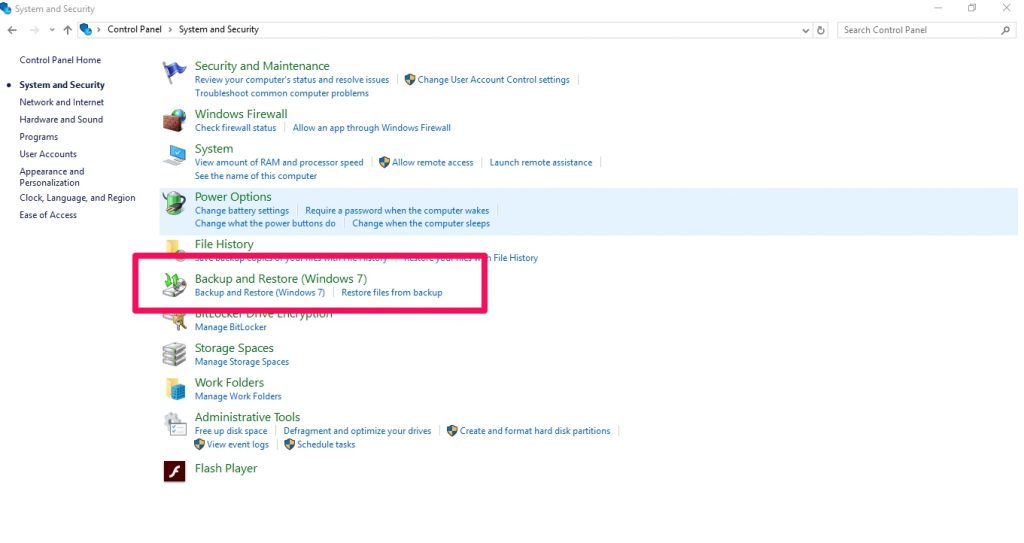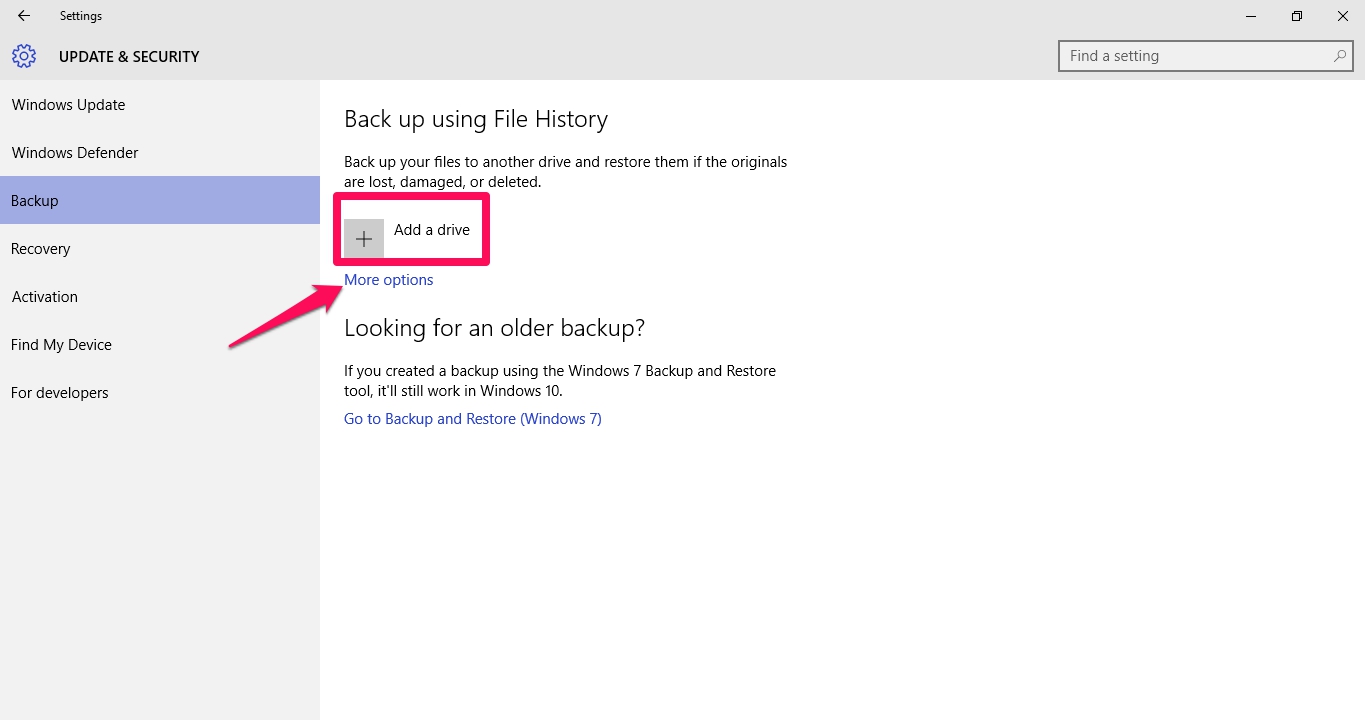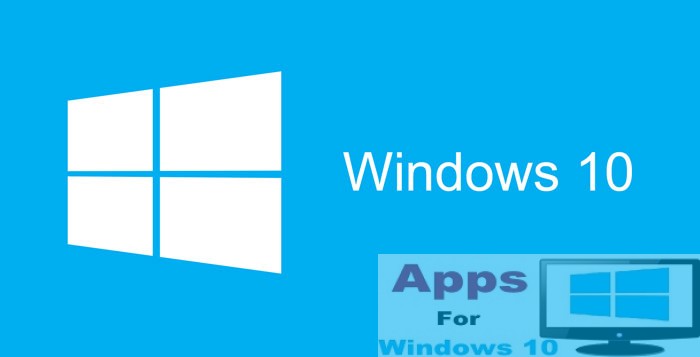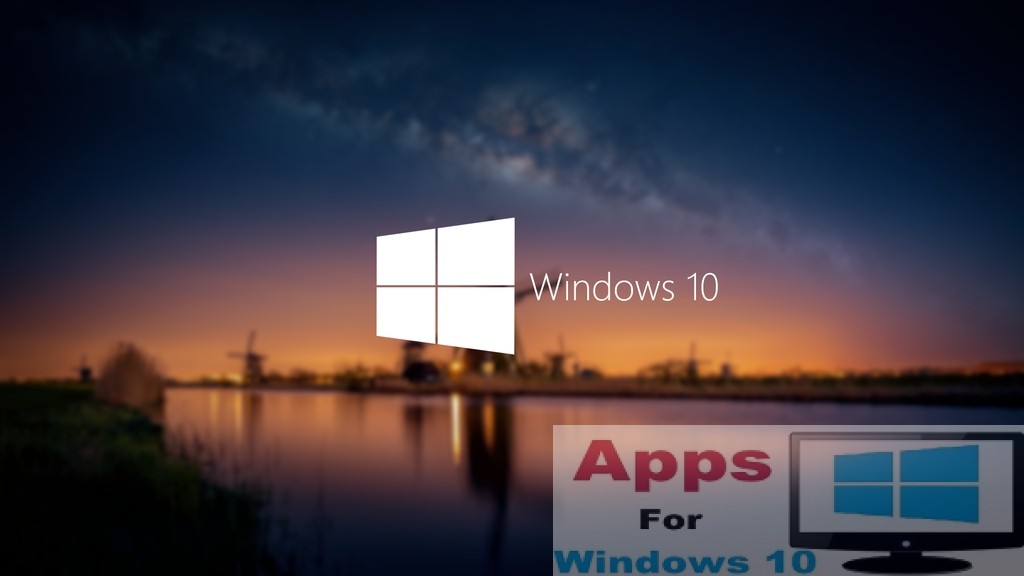Experts keep drumming up the idea of Windows backup because they know how indispensable it is to have a saved copy of all the important work and files on PC to easily retrieved data in case of system malfunction or OS failure. Windows 10 has been known to be remarkably stable compared to previous versions of Windows OS but still you can never discount the possibility of hardware failure or OS crash due to corrupt software/app installation, mishandling of PC or some other circumstances out of your control. That makes regular Windows backup imperative to ensure the safety of your personal and business data on PC/laptops. In this post we will detail three different ways using which you can easily back up Windows 10 OS on computers or external medium to restore the operating system when needed. Without further ado let’s see how to backup Windows 10 on desktops/laptops.
Reasons to Back Up Windows 10
Nowadays almost all our personal and work related data including projects, presentations, photos, files, documents, music libraries, videos and much more has gone digital, mostly saved on PCs we use at home or work. Although due to enhanced security and safety measure being implemented by software companies in the form of stable operating systems to ensure data remains intact and out of harm’s way, but you can never rule out the possibility of software/PC failure because of external hacking, viruses or dodgy third-party software changing operating system’s registry and file structure damaging normal functioning of the software on PC. Sometimes personal negligence such as accidentally spilling something on PC or dropping it on the floor can result in hardware failure, but if you kept backup of Windows OS prior to that it would make it a lot more easier for you to quickly restore all your data after fixing the hardware or load backed up version of Windows on new PC.
Down below we are going to show how you can backup data on Windows 10 PC using internal OS features and on cloud storage for easy recovery from anywhere without needing to carry physical backup device around with you.
Backup Windows 10 by Creating System Image:
Windows OS allows you easily backup operating system by creating system image on some external storage device for later use but not many are aware of this option as it’s buried under options. Here’s how to access it on Windows 10:
- Open Control Panel by going to Start > Control Panel/Start > All Apps > Windows System > Control Panel or right-click start button and select control panel from the menu.
- In control panel under system and security there is an option backup and restore (windows 7). Click on it but before that make sure you have connected external storage device to the PC for the backup.
- Select Windows 10 option when asked which version of the OS you want to backup.
- Backup process begins by creating system image of Windows 10 on external storage device from where you can restore Windows 10 with all existing data on new PC or on the same one.
- Make sure there is enough space on external storage device for the backup.
Once it done, you can remove external device from PC and your Windows 10 copy is now created with all original data files backed up.
Backup Windows 10 with File History:
This second option is the the one which most users will easily understand because it involves easily accessible options within the Windows 10 OS. Using this method you can create Windows 10 backup by setting the backup frequency and location according to your preferences. This option will create backup on the PC, however, it’s better to have one or more backup copies on some external storage device because if PC breaks you won’t be able to recover the existing Windows 10 version with all settings, files and programs installed on it from the backup you created on that computer.
Here’s how you can create Windows 10 backup using file history method from settings menu on PC:
- Go to Start > Settings or Start > All Apps > Settings
- On settings window click update & security option and select backup from the left hand pane of the window screen.
- Now on the right pane of the Window you will see option titled back up using file history and just under that there is add a drive option with a plus sign next to it.
- Click add a drive plus sign which will bring a list of connected/available drives on the screen. If multiple drives show up, select the one on which you want to create backup. If nothing appear then add backup drive manually.
- After selecting the backup drive you will see automatically backup my files option replacing add a drive from the previous step.
- Now click more options that will open a window from where you can set backup settings such as how frequently you want Windows 10 to create OS backup and for how long to keep that backup before replacing it with updated backup, you can also specify individual folders to backup.
- Click save settings after all is done.
Wait for Windows 10 for completing the backup process. It is recommended that you create one backup on external device as well by selecting external storage location when clicking add a drive option in step 4 above.
Backup Windows 10 on cloud Storage:
Creating Windows 10 backup on cloud storage liberates you from having to worry about losing backup in case something goes wrong with the PC or losing/damaging external storage device on which you saved backup. It is safest option when it comes to creating Windows OS backup because once saved on cloud servers you can never lose backup and can restore Windows 10 along with all settings, files, folders, documents, media from latest restore point. Some cloud services charge fees others offer free backup facilities, you can see here best cloud services for Windows 10 and decide which one best satisfies your requirements. OneDrive is already integrated with Windows 10 so you can choose to regularly backup OS files and folders on it by syncing them. See OS backup help for the cloud service provider’s website. Make sure that enough storage space is available on cloud storage service for saving OS backup.
For More on AppsforWin10, Read: Top 3 Best Backup Software for Windows 10 – Download & Top 7 Best Email Clients for PC – Windows 10





